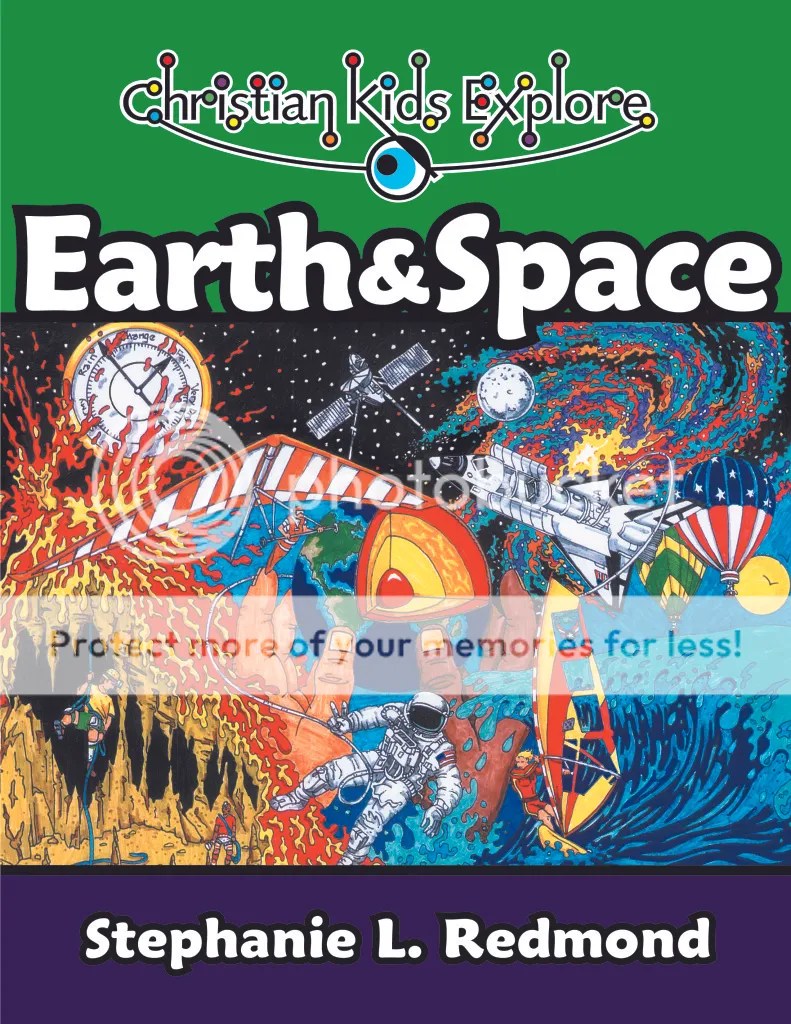Our blog cruise topic for this week is record-keeping tips. Ugh!! Let me be the first to admit, I am a VERY disorganized person when it comes to paper. I usually have a plan in my head for how our homeschool week is going to go, but, clutter is my biggest enemy. My “homeschool corner” is always covered with papers (much to my ultra-organized, super-neat hubby’s chagrin 🙂 ). Now of course, if you ask me for something, I pretty much have a general idea of where it is, but none of my friends would consider me a neat person!
The first thing I would suggest when it comes to record keeping is to make sure you are familiar with your local laws as far as homeschool record keeping goes. In Florida, we have several options for recording our homeschool information, including test scores and portfolios (which are the most popular). While I do test my children, those scores are just for me, for my homeschool reporting, I use a portfolio for my kids.
What does this look like? Well, first of all I get myself one of those handy expanding file-folders from Staples for each of my children every year. We also keep history and science notebooks, and do various lapbooks. In the file, I keep work samples from my boys reading, math, writing, Bible studies etc. My first year of homeschooling, I was a little paranoid (what if they audit me???), so I tried to keep EVERYTHING! That didn’t work. I was overwhelmed with papers, and I ran out of storage space!! Now, I try to file two work samples for each child in each subject every week. This is also the system I used for keeping portfolios for my students when I was teaching, and it works well!
What do I keep? Any tests or quizzes first of all. I also try to keep at least two writing samples (essays, written narratives etc.). Some of my kids writing is done in notebooks, so I usually just keep the notebooks at the end of each year. In their history and science notebooks, I keep worksheets, quizzes, book summaries, maps and other work we have done throughout the year. I use binders for these. Honestly, my kids love looking through them and showing them to family members when they come to visit!
Filing all this stuff was a big problem for me at first!! I had a folder where I would put all of our work samples for the week, but it seemed like they never made it past that folder, and then I was overwhelmed with a huge amount of papers to file all at once!! Now, I have a set “filing” day two weekends a month, where I put everything away. Often, I get my boys (now that they are older) to help me with this. They both like organizing their papers and their notebooks, and looking back at what they have done. This makes the whole job a LOT easier!
At the end of the year, I make sure everything is marked with my boys names, and the school year (i.e. 2011-2012) and I get one of those plastic storage tubs from Walmart and put the file folders, binders and any lapbooks we have done in them. Then I write the school year on the top and put it in a closet or the attic. I keep these tubs for three years, after which, I pull them out and ask the boys if there is anything they want to keep (usually they choose their notebooks or lapbooks). These things are put away and I purge everything else. Sometimes I have a hard time throwing things away, but there just isn’t enough room in my house to keep everything!! If I have something that really stands out to me as something I want to keep, I do, but I have learned to allow myself to get rid of things, even when I don’t want to. I like to keep my record-keeping as simple as possible, so it doesn’t become a burden with all the other stuff I need to do. How do you keep records in your homeschool? Leave me a comment if you have other ideas that might make this easier! To see what other TOS Crew members have to say on this topic, click here:

















